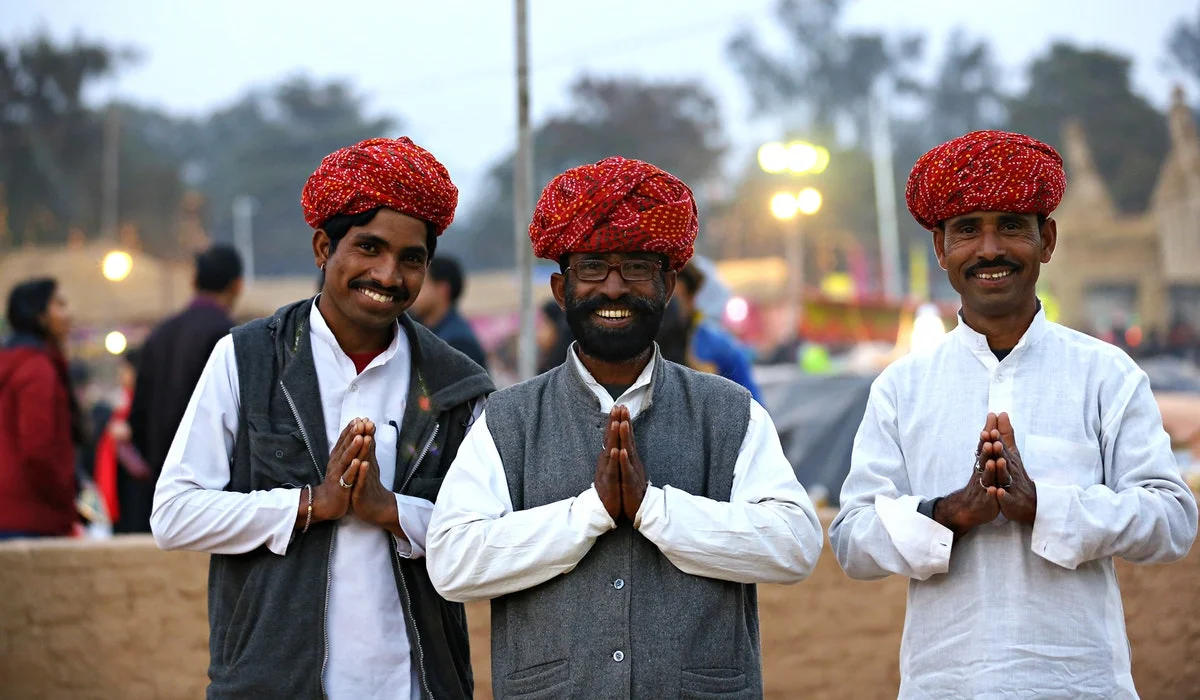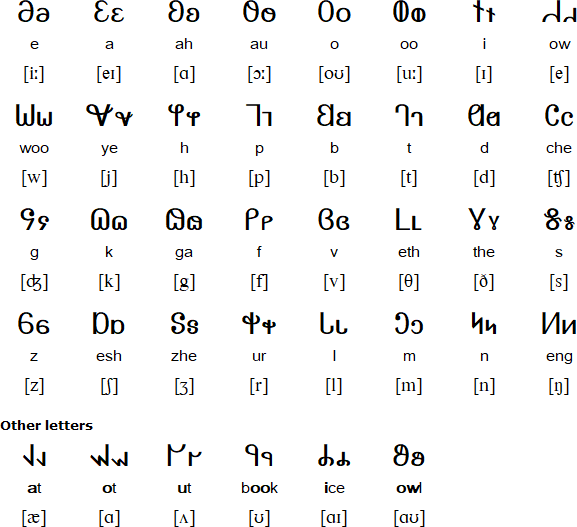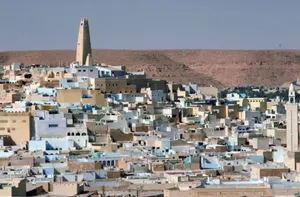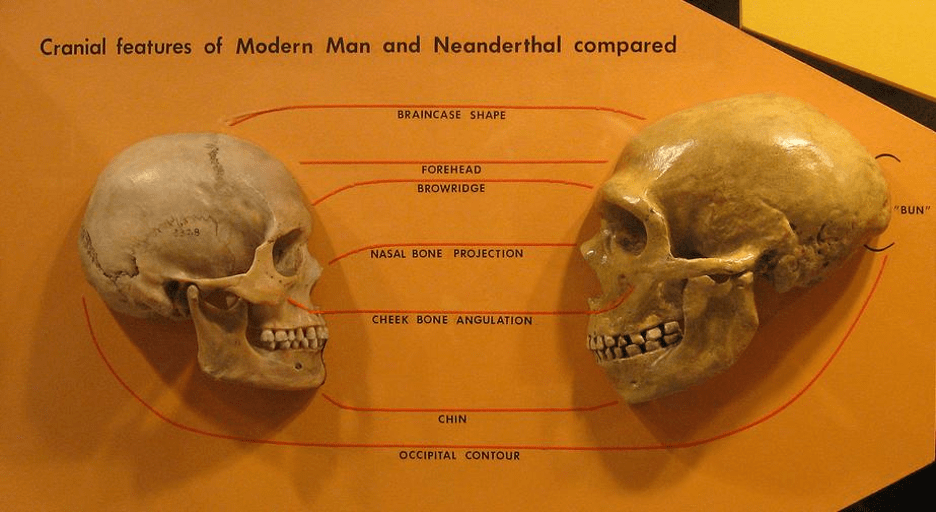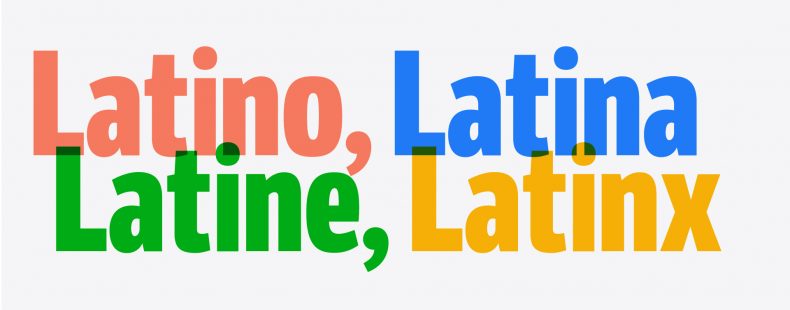You may have come across yodelling in the song ‘The Lonely Goatherd’ from the musical The Sound of Music, but did you know that yodelling originally developed as an important mode of communication in the high and often isolated mountain communities of the European Alps? Or that forms of yodelling are found in many cultures all over the world?
Yodelling is a type of singing that involves rapid and repeated changes of pitch. The form with which most people are familiar was developed in the Alps by herders calling to their flocks, and communicating with one another across considerable distances, not unlike the Turkish ‘bird language’ of which we wrote some time ago.
Yodelling also features widely in folk music from this region and crossed the Atlantic with European migrants to become an integral part of many different types of folk music in the Americas too. By the 1830s, Alpine yodelling – performed by both white and Black entertainers – was an established form of music-hall entertainment, popularised further after the birth of the film industry in the early twentieth century.
The world record for yodelling is still held by Canadian Donn Reynolds, who yodelled for seven hours and twenty-nine minutes in 1976 in a feat that would surely have impressed the lonely goatherds of yore.
Photo Source: https://www.meetsalzburg.com/en/plan-your-event/social-side-programmes/yodeling-lesson/





